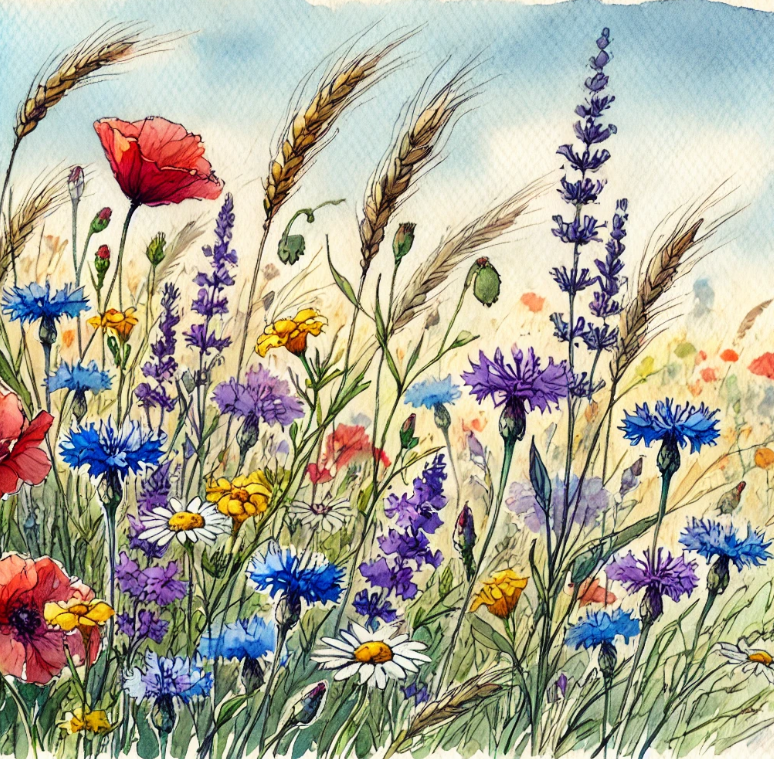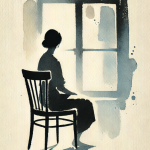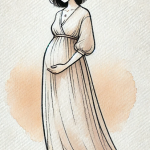
The Hidden Struggles of Childhood Trauma: How Gender Shapes Stigma and Silence
Imagine you’re having a casual chat with a new neighbor. As the conversation drifts, they disclose something deeply personal—they experienced abuse as a child and are still dealing with its consequences. What would you say next? Would you change the topic, offer sympathy, or, perhaps, feel unsure of how to respond?
These moments of disclosure can be pivotal, and how society responds, particularly based on gender, shapes the healing journey for many survivors of childhood trauma. A recent study sheds light on how these conversations unfold, revealing troubling differences in how we perceive and react to male and female survivors of childhood sexual and physical violence. The findings suggest that men, especially those who experienced sexual violence, face greater stigma, including harmful stereotypes and communication barriers, compared to their female counterparts.
But what exactly drives these gendered responses, and what are the real-world implications for survivors of childhood trauma?
The Burden of Silence: Why Stigma Persists
Childhood trauma, particularly sexual or physical abuse, leaves long-lasting scars—both psychological and social. Survivors often grapple with post-traumatic stress disorder (PTSD), depression, anxiety, and other complex emotional and physical issues. Yet, beyond these personal battles, they face another, more insidious challenge: societal stigma.
This stigma is not just a label; it’s a pervasive cloud of judgment, blame, and silence. According to the research, male survivors, especially of sexual violence, are more likely to be seen as “unpredictable” and “damaged for life” than females. This kind of stereotyping has profound consequences. It discourages men from opening up about their experiences and seeking help, creating a cycle of isolation that is hard to break.
Why is this the case? At its core, these attitudes are deeply rooted in traditional gender roles. Men are expected to be strong, dominant, and self-sufficient. When a man discloses that he has been abused—particularly sexually—he defies these societal expectations. This departure from the norm often triggers discomfort in others, especially other men, who may view male victims as weak or less “masculine.”
Sexual Violence and Gender: Why Men Suffer in Silence
The study found that male survivors of sexual violence face the harshest stereotypes, particularly from male respondents. This is no accident—sexual violence, when experienced by boys and men, is often entangled with societal homophobia and toxic masculinity. Many male survivors fear being perceived as “less of a man” or even as “gay” if they disclose their trauma. This is especially true when the perpetrator is male, reinforcing harmful myths about male victimhood and sexuality.
For male survivors, these fears of judgment often lead to silence. Unlike female survivors, who are more likely to receive sympathy and support, men face skepticism. Society is more likely to blame them or dismiss their trauma altogether, seeing them as somehow complicit in their own abuse.
The data showed that nearly 50% of respondents would avoid addressing childhood sexual trauma with male survivors, compared to just over 40% for female survivors. This communication gap reflects deeper cultural discomfort with male vulnerability, particularly around issues of sex and violence.
Breaking Down Stereotypes: How Stigma Impacts Healing
What happens when survivors internalize this stigma? For many, it leads to feelings of shame, self-blame, and a reluctance to seek help. This is particularly dangerous in the context of sexual health and wellness. Survivors of childhood sexual abuse often struggle with intimacy, desire, and arousal in adulthood, grappling with both emotional scars and physical pain.
Sexual dysfunctions, such as difficulty with desire or orgasm, can be direct outcomes of unresolved trauma. For men, who are already stigmatized for discussing their emotional pain, seeking treatment for sexual dysfunction may feel like yet another blow to their masculinity.
The study highlighted that the stereotype of being “harmed for life” was more often applied to male survivors than female ones, particularly by male respondents. This stereotype, while intended to reflect empathy, actually reinforces the notion that male survivors are irreparably broken, making it harder for them to believe in their own potential for recovery.
Body Image, Relationships, and the Path to Healing
Childhood trauma also affects how survivors view their bodies and relationships. Men who have been sexually abused often struggle with body image issues, feeling detached or disgusted by their bodies. This can severely impact their romantic relationships, leading to difficulties with intimacy and trust.
Female survivors, while also affected, are more likely to find emotional support within their communities. Societal norms allow women to be vulnerable and seek help, while men are expected to “tough it out.” This double standard leaves male survivors at a distinct disadvantage when it comes to healing, both emotionally and sexually.
The good news? Change is possible. By recognizing these harmful gender stereotypes and working to dismantle them, we can create a more supportive environment for all survivors of childhood trauma—regardless of gender.
Moving Forward: Creating Space for Conversations
What can we do to help male survivors of childhood trauma? The first step is simple: listen. Too often, male survivors feel silenced by society’s expectations of what it means to be a man. By opening up conversations around male vulnerability, particularly in the context of sexual abuse, we can begin to break down the stigma that keeps so many men suffering in silence.
Additionally, promoting gender-inclusive mental health resources is crucial. Men need safe spaces where they can talk about their experiences without fear of judgment. This includes healthcare providers who are trained to understand the unique challenges male survivors face, particularly when it comes to sexual health and wellness.
Final Thoughts: Ending the Cycle of Stigma
Childhood trauma leaves deep, lasting scars, but stigma adds an unnecessary burden. By addressing the harmful stereotypes that male survivors face, we can help break the cycle of silence and shame that keeps so many from seeking the support they deserve.
It’s time to shift the narrative around male survivors of sexual and physical abuse. They are not broken. They are not to blame. Most importantly, they deserve the same care, empathy, and understanding that we readily extend to female survivors.
Thought-Provoking Questions:
- How do you think societal expectations of masculinity affect the way we respond to male survivors of trauma?
- What are some steps we can take as a community to support male survivors and reduce the stigma they face?
By reflecting on these questions, we can all contribute to creating a more supportive environment for survivors, regardless of gender.




